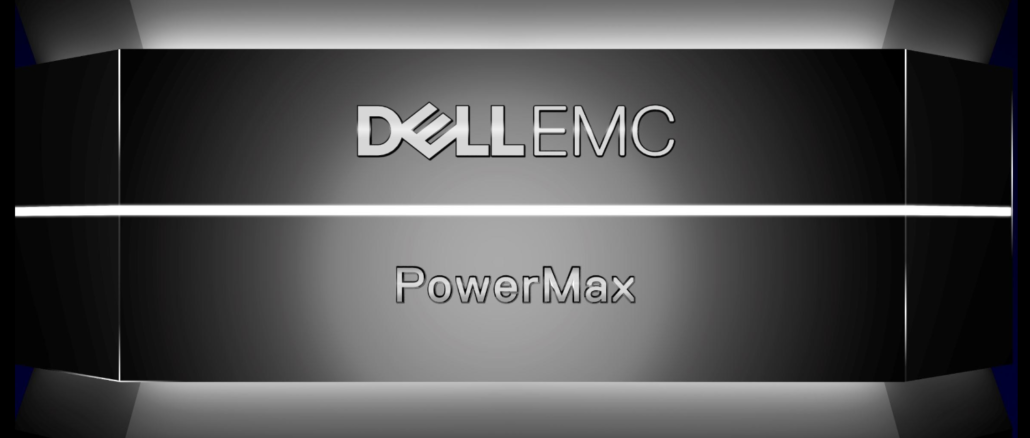
When Dell EMC more than a year ago introduced the PowerMax storage array as the successor to the company’s all-flash VMAX offerings, the company touted the system’s readiness to leverage the NVM-Express (NVMe) protocol and, more importantly, its ability to serve as a gateway to NVMe-over Fabrics (NVMe-oF) and storage-class memory (SCM), both of which would address the growing demand for better performance and latency.
As he introduced the PowerMax at the Dell World 2018 show, Jeff Clarke, vice chairman of products and operation at Dell, said that a “key attributes of the future’s modern datacenter is end-to-end NVM-Express storage. NVM-Express done right is the path to the next media, storage-class memory. It’s how you take on increasingly bigger workloads with all of the data that’s coming your way.”
The company noted that NVMe is a protocol designed to accelerate flash and other non-volatile memory, but that to take advantage of everything the new array can do, it required both NVMe-oF and upcoming SCM products
All that has come together this week, with Dell EMC announcing updates to PowerMax that includes NVMe throughout the system with NVMe-oF available on all arrays and the introduction of SCM as persistent storage via dual-port Intel Optane SSDs that were co-developed with the chip maker. There are other upgrades as well – new automation capabilities and new features around containers and Kubernetes – but it’s the expansion of NVMe and the introduction of SCM that it garnering attention.
The push toward NVMe has been going on for the better part of the decade and Dell EMC is among a large number of system OEMs and component makers that have been putting features for the protocol into their products. It started first moving into servers and now is making its way into storage systems, gaining momentum both among vendors as well as hyperscale and high-performance computing users, as The Next Platform has noted. Development of NVMe-oF followed and SCM has been under development for several years. But introducing new technologies into the datacenter is no easy matter, so while talk of NVMe and SCM has been going on for some time, it’s taken a while for them to show up in products. Caitlin Gordon, vice president of product marketing at Dell EMC, has likened it to the development and adoption of 4K video, a technology that was more of a buzzword before it became a solid – and real – technology.
“Customers are ready for it in the same way customers are ready for 4K,” Gordon tells The Next Platform. “They want it and they want it primarily from a future-proofing standpoint. Some customers are still looking to drive down response times even faster, so there are some sets of customers that do truly need it for a latency benefit. The vast majority are really looking for NVMe to have an investment protection into the future when it comes to overall adoption. The expectation that flash drives are using any unique connectivity is really becoming an expectation. The NVMe-over Fabric ecosystem is pretty immature at this point, so it’s pretty early days as far as what’s even available out there with the rest of that ecosystem. And then SCM is also really in early days.”
Flash has become the main media type in the datacenter, though many enterprises are still using older SCSI protocols. However, that’s why NVMe is becoming important. It’s a modern protocol with the parallelism to take advantage of flash, she says, while noting that it’s “just one step on the journey for what we need. NVMe is actually not the end, it is a means to an end and that end is the next generation of media and storage-class memory. That storage-class memory is specifically designed to bridge what you can get out of flash and what you can get out of DRAM for price-performance profile. So SCM is really poised to do to flash what flash did to spinning drives a decade or so ago, but it’s not quite that simple.”
When Dell EMC first started shipping PowerMax last year, it had NVMe-based flash drives and was ready for NVMe-over Fabric and ready for next-generation media. Now the arrays will ship with new 32GB Fibre Channel and NVMe-oF cards. The company has optimized the PowerPath multipathing software for the end-to-end NVMe environment and is leveraging the Connectrix switches. Dell EMC also is offering SCM and flash drives, giving organizations options.
“We’re actually leveraging these drives in the back end of the system side by side, with the NVMe-based flash drives to be used to store user data in a persistent manner,” Gordon says. “It’s really important. The other implementations to date in storage arrays have been as cache. One of the reasons they’ve been implemented as cache to date is that they have actually been single-ported drives, whereas what we are using here is a brand new dual-ported enterprise-class storage drive and Intel Optane drive.”
The combination of NVMe and SCM are offering up to 50 percent better response times compared with SAS and flash, and the PowerMax array delivers up to 15 million IOPS, 350 GB/sec throughput and better than 100 microseconds of read latency. All this will be important to handle the growing numbers of real-time applications, modern technologies like artificial intelligence, machine learning and big data analytics, and the massive amounts of data being generated. Gordon notes that “there are places where real-time transactional workloads haven’t been a part of the business, but I anticipate they will because data has become the most critical asset in the business and the faster you can get your insights and the value out of the data, the better you can run your business. There’s a horizon where that’s going to become a bigger story. Response times translates into dollars.”
However, there are other issues that will dictate adoption. The first is price. As with any new technology, the price for SCM and NVMe will be high when compared to current technologies. As the price comes down, so will the barrier to adoption, as happened with flash vs. spinning media. Another issue is the decision of when to use NVMe and SCM. Gordon says that 90 percent of the I/O comes from 10 percent of a company’s data, so enterprises will want to have only 5 percent to 10 percent of their storage environments to be the new media until prices come down.
“If you’re going to house part of your system as storage-class memory and part of your system as flash drives, the real question becomes, how do you know which data should go on which media type? And how do you do that in a way that you don’t add any burden on the storage team, which already is in a place where they need to be as operationally efficient as possible?” she says.
Those types of questions need to be addressed by machine intelligence rather than human intelligence, according to Gordon. That’s why Dell EMC built a real-time machine learning engine into PowerMax, which is designed to leverage predictive analytics and pattern recognition to automatically steer the right data to the right media. The engine can analyze 40 million datasets in real time and generate 6 billion decisions each day to ensure maximum performance without incurring any overhead.
“This is truly the only way — in a system of this scale with the types of data and the amount of data — that you have to intelligently place data on these two different media types,” she says. “Without it, you’re simply adding a burden to the storage team which is not an option with the realities of IT today.”
PowerMax is able to handle a broad array of traditional and next-generation applications, from relational databases and virtual machines to AI, machine learning, mobile apps, genomics and real-time analytics. In addition, as an example of scalability, the PowerMax 8000 can support 162 SAP HANA nodes.
Other enhancements to PowerMax include a plug-in for VMware vRealize Orchestrator, which is available in the VMware Solutions Exchange marketplace, that enables enterprise to automate everything from provisioning and data protection to host operations, as well as pre-built Ansible modules that let users create Ansible Playbooks for storage provisioning, snapshots and data management workflows. The modules are available on GitHub.
Dell EMC also is offering a Container Storage Interface (SCI) plug-in for managing workloads running on Kubernetes. The plug-in also is available on GitHub.

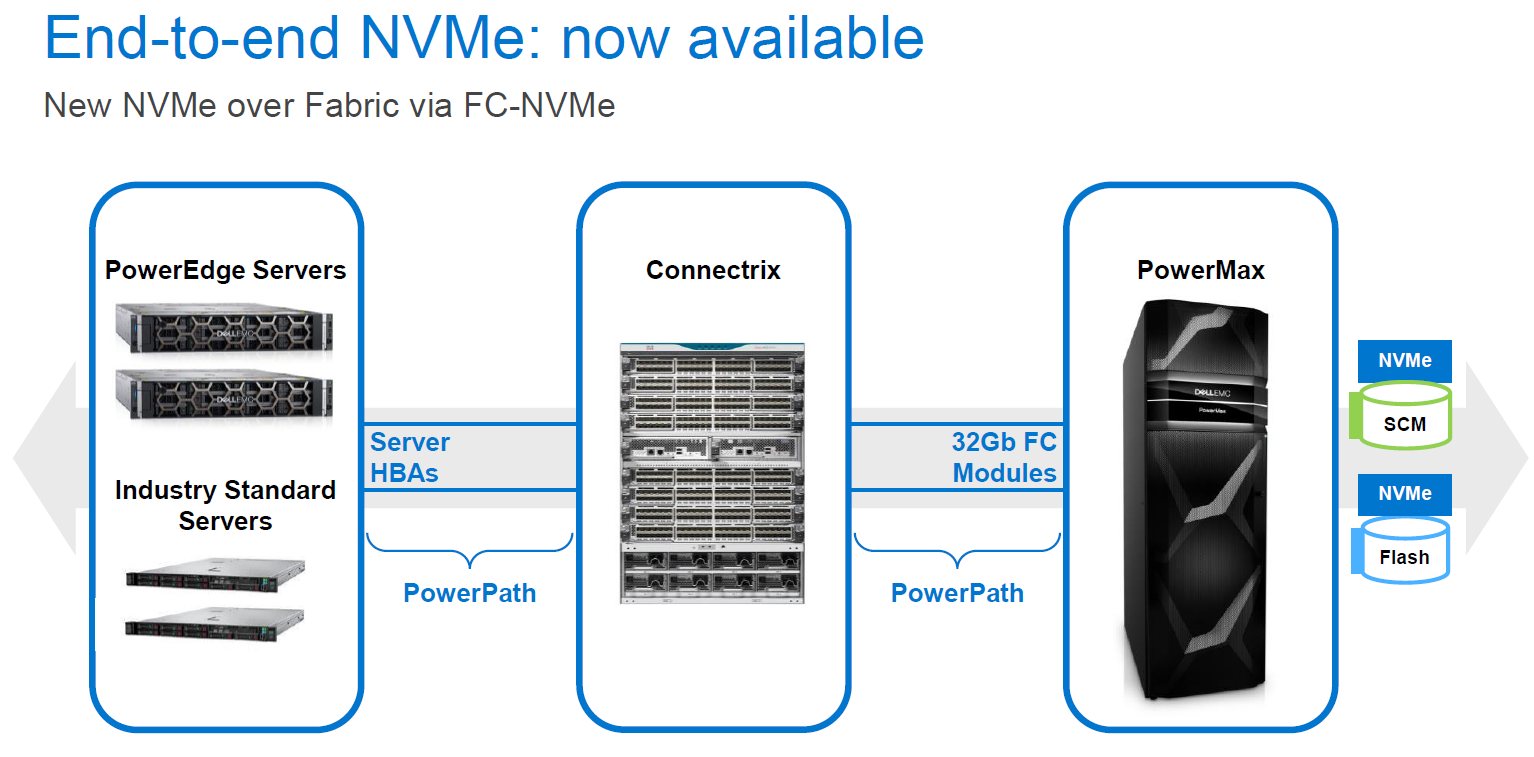
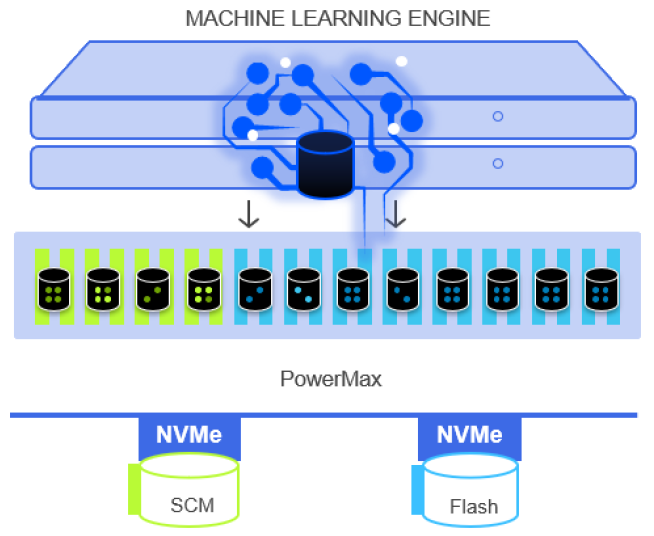


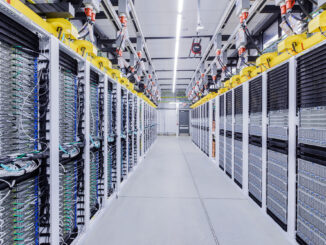
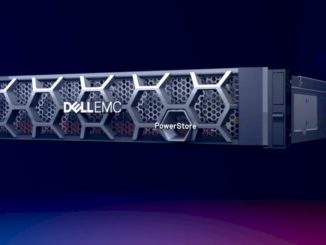
Be the first to comment